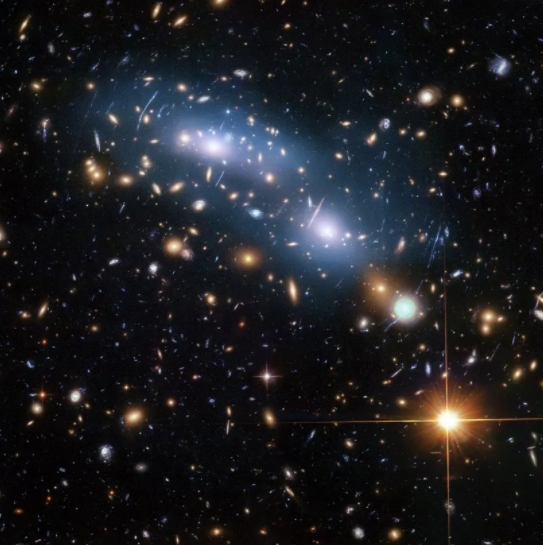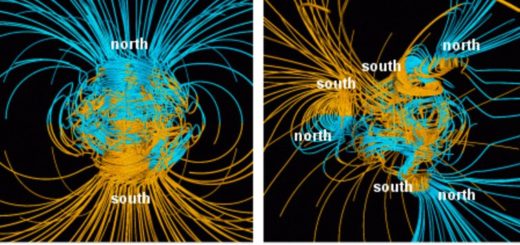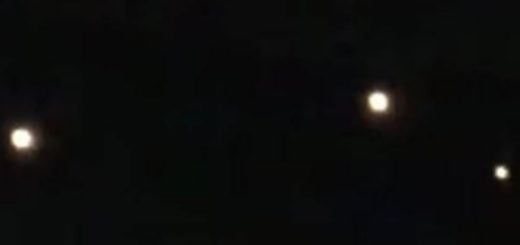The 1st stars in the universe formed earlier than thought

NASA’s upcoming James Webb Space Telescope might be able to ferret them out.
The first stars in the universe formed even earlier than astronomers had thought, a new study suggests.
Researchers probing the early universe found no sign of first-generation stars in galaxies that existed just 500 million to 1 billion years after the Big Bang.
“These results have profound astrophysical consequences, as they show that galaxies must have formed much earlier than we thought,” study lead author Rachana Bhatawdekar, a research fellow at the European Space Agency (ESA), said in a statement.
Artist’s illustration of the early universe. (Image credit: ESA/Hubble, M. Kornmesser, and NASA)
Bhatawdekar and her colleagues used the NASA/ESA Hubble Space Telescope, NASA’s Spitzer Space Telescope and the European Southern Observatory’s Very Large Telescope in Chile to hunt for “Population III” stars in a variety of distant galaxies.
Population III stars were the first suns to form in our 13.8-billion-year-old universe, and they’re identifiable by their unique composition: just hydrogen, helium and lithium, the only elements around immediately after the Big Bang. Heavier elements were forged in the cores of these stars and their successors.
(The somewhat confusing moniker results from the fact that astronomers had already classified the stars of our own Milky Way galaxy into two groups before considering their super-old cousins. “Population I” stars, such as Earth’s sun, are rich in heavy elements, and “Population II” stars are considerably less so.)
The research team took advantage of a phenomenon called gravitational lensing to bring their hard targets into view. In each case, they used a giant galaxy cluster in the foreground as a sort of magnifying glass, allowing them to study small, distant and incredibly faint galaxies.
It has taken the light from these background galaxies 12.8 billion to 13.3 billion years to reach Earth — meaning that these objects are time capsules harboring lots of information about the early universe, including what types of stars were shining back then.
“We found no evidence of these first-generation Population III stars in this cosmic time interval,” Bhatawdekar said.
This image from the NASA/ESA Hubble Space Telescope shows the galaxy cluster MACS J0416. This is one of six galaxy clusters being studied by the Hubble Frontier Fields program, which together have produced the deepest images of gravitational lensing ever made. Scientists used intracluster light (visible in blue) to study the distribution of dark matter within the cluster.
The new results, which were presented this week at the 236th meeting of the American Astronomical Society and will be published in an upcoming issue of the journal Monthly Notices of the Royal Astronomical Society, shed other light on the early universe as well.
For example, low-mass, faint galaxies like the ones observed in the new study were probably responsible for “cosmic reionization,” Bhatawdekar and her colleagues said. In this process, which began perhaps 400 million years after the Big Bang, radiation split the hydrogen atoms pervading the universe into their constituent protons and electrons. Reionization was a big cosmic transition, and getting a better handle on how it happened could help astronomers better understand our universe’s structure and evolution, scientists have said.



 Creators of mankind
Creators of mankind Description of “Tall white aliens”
Description of “Tall white aliens” Where they came from?
Where they came from? About hostile civilizations
About hostile civilizations The war for the Earth
The war for the Earth “Tall white aliens” about eternal life
“Tall white aliens” about eternal life Video: “Nordic aliens”
Video: “Nordic aliens” Aliens
Aliens Alien encounters
Alien encounters The aliens base
The aliens base UFO
UFO Technology UFO
Technology UFO Underground civilization
Underground civilization Ancient alien artifacts
Ancient alien artifacts Military and UFO
Military and UFO Mysteries and hypotheses
Mysteries and hypotheses Scientific facts
Scientific facts


















